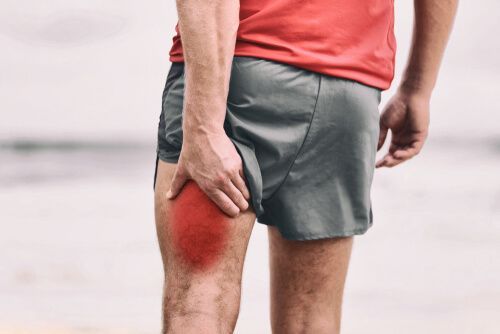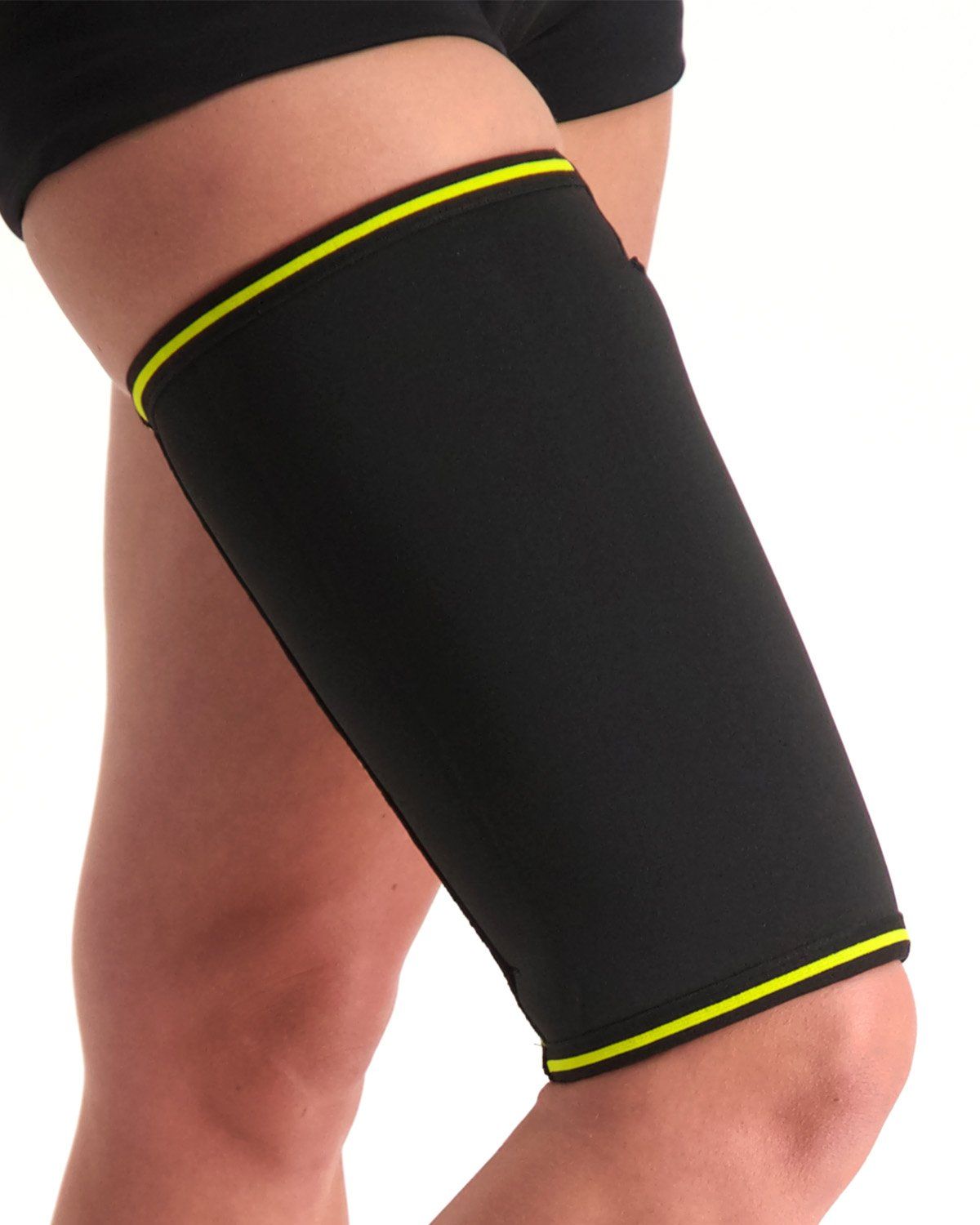Acute Hamstring Injury
Acute hamstring injury is a common condition among football players. However, this complaint also frequently occurs in other sports. But what exactly is an acute hamstring injury? We are happy to explain more about the cause, symptoms and treatment. Read on below.
What is an acute hamstring injury?
Acute hamstring injury often occurs during sports activities. A sudden pain arises in the leg, making it impossible to continue walking. The hamstrings are three muscles located at the back of the thigh. These muscles allow the knee to bend and the hip to extend. When a tear develops in one or more fibers of the hamstring muscle, this is referred to as an acute hamstring injury. Often, bleeding occurs, and if many fibers are torn, a dark spot may appear. Hamstring injuries are classified into three grades. We explain them below:
- Grade 1: This is when the muscle is strained with a few torn muscle fibers.
- Grade 2: Torn muscle tissue
- Grade 3: A completely torn muscle. In this case, surgery is absolutely necessary.

How does it occur?
Acute hamstring injury occurs during explosive movements. Think of sprinting. But also from kicking motions or when jumping. Several factors can increase the risk of an acute hamstring injury. Below are a few:
- Fatigue
- When you have had injuries in the past or are not fully recovered from a previous injury
- When there is a difference in muscle strength between the hamstrings in the left and right leg
- Poor execution or complete absence of a warm-up
What symptoms occur?
There are several symptoms that may appear when you are dealing with an acute hamstring injury. We list them for you below:
- Pain when stretching the muscle
- Cramping sensation in the muscle
- Pain when bending the knee
- Sudden sharp pain at the back of the thigh
- Pain when applying pressure to the muscle
- Pain while walking or going for a walk
- Loss of strength

How is acute hamstring injury diagnosed?
If acute hamstring injury is suspected, it is important to consult a doctor for examination. The attending physician will ask you several questions and perform a physical examination. In some cases, additional tests are necessary. This can be done with an MRI scan or an ultrasound.
What treatments are available?
There are several treatment options available. Which one applies to you depends strongly on the grade of the injury. If you have a grade 1 hamstring injury, it is mainly important to get enough rest. Move carefully and avoid explosive movements. After 1 or 2 days of relative rest, you can slowly resume your normal movements.
Also with grade 2, rest is extremely important. The difference with grade 1 is that rebuilding movement should be even more gradual. Guidance from a physical therapist is highly recommended. A rehabilitation program will be created in which you can gradually perform more activities.
In the case of grade 3, surgery is always necessary. Because the muscle is completely torn, surgery is unavoidable. Afterwards, an extensive rehabilitation process will be initiated with the help of multiple specialists. Wearing a thigh brace or compression shorts provides the right support during your recovery. Both offer the correct pressure, support and warmth, and are also incredibly comfortable.

- Physiotherapist
- Sports podiatrist
- Manual therapist
- Podopostural therapist
- Myofascial dry needling specialist




